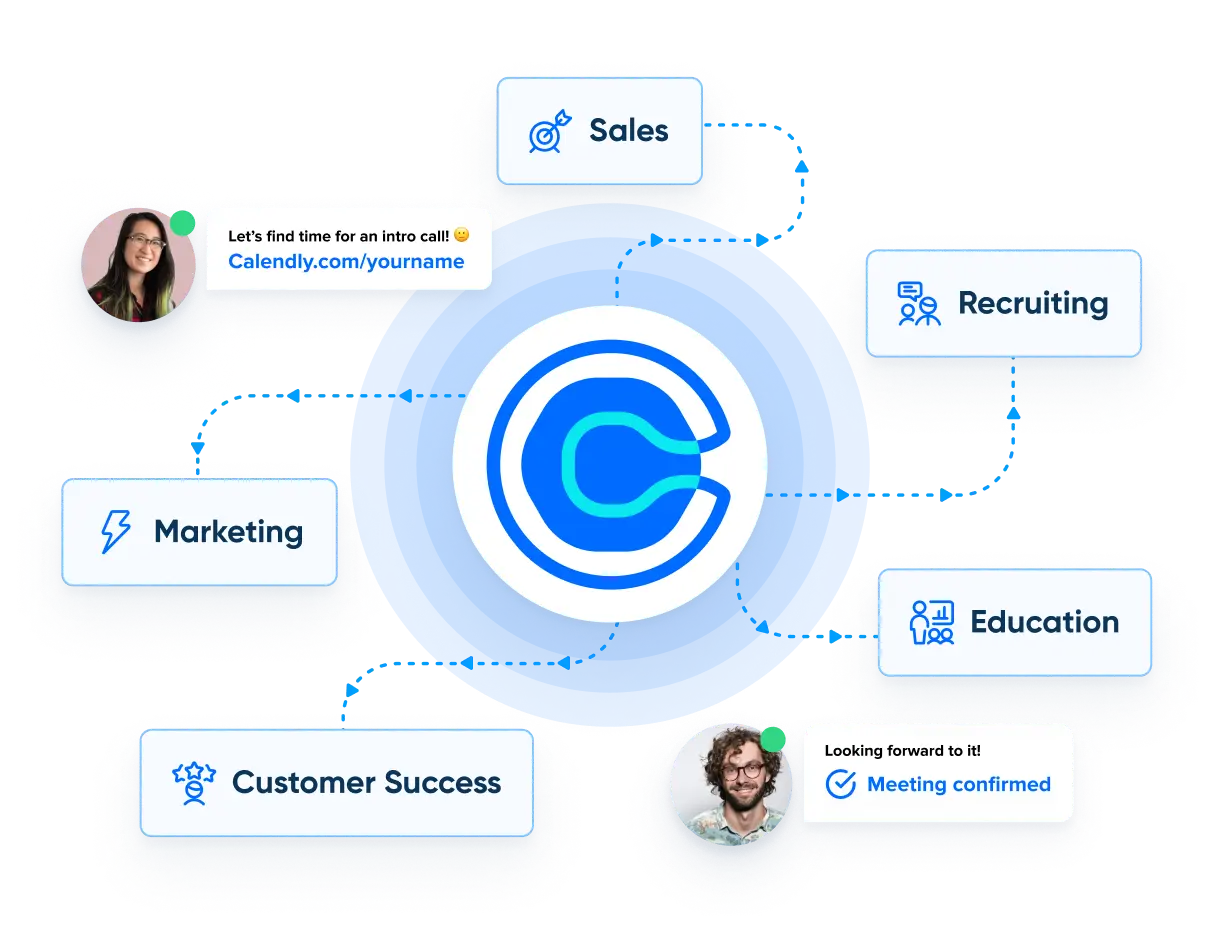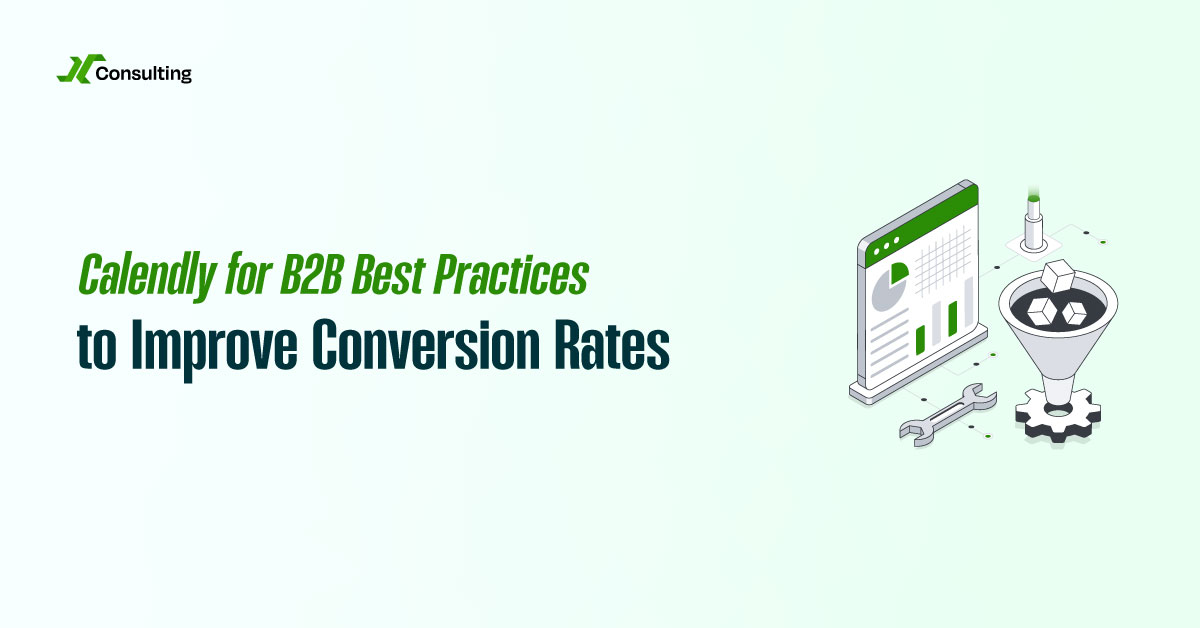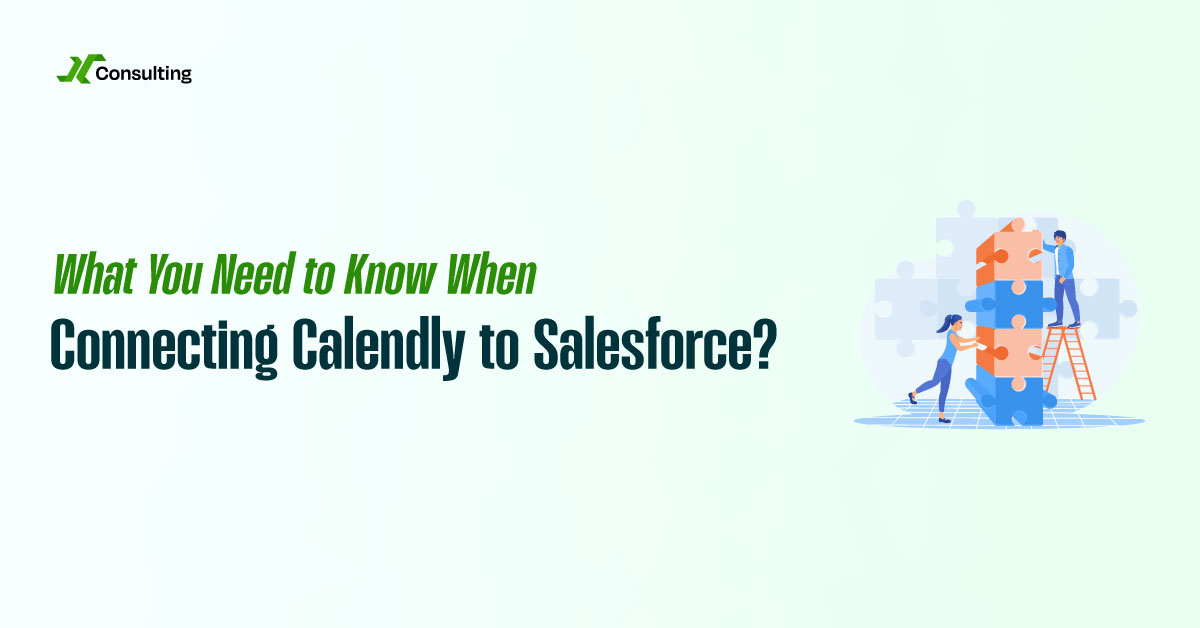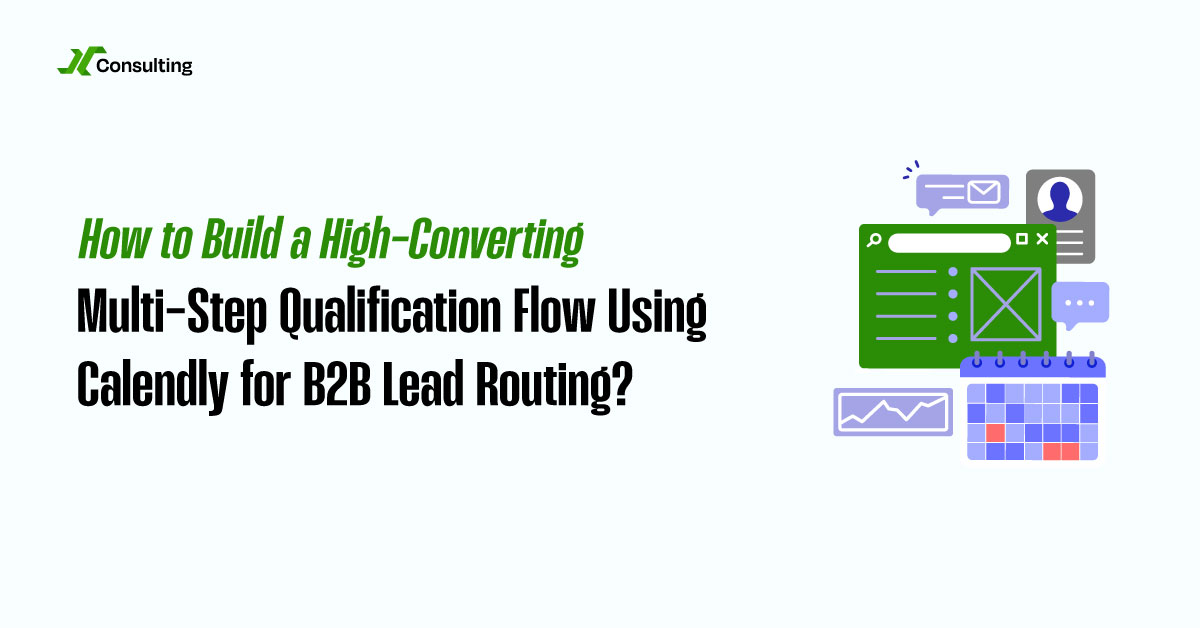B2B buyers are impatient and skeptical. They expect fast, personalized experiences that feel high-value and low-commitment. If your Calendly setup feels generic or disconnected from your brand, you’re losing leads before the call even happens. To maximize conversions, your scheduling flow must be frictionless, trustworthy, and aligned with buyer psychology.
Let’s dive into proven Calendly optimization strategies that increase demo bookings, reduce drop-offs, and help you close deals faster.
Embed Calendly Within a Trust-Building Page
Never send prospects to a plain Calendly link that’s isolated from your site. Instead, embed it directly on a branded landing page that builds credibility from the start. Surround your calendar widget with customer testimonials, client logos, relevant case studies, and review snippets. This trust-building content reinforces confidence and keeps users on your site longer.
By controlling the context around the booking widget, you ensure your brand narrative stays front and center. This increases the likelihood of completion while also elevating perceived value.

More Bookings. More Revenue. Less Chaos with Calendly.
Calendly Setup – We configure your system so every lead lands with the right rep.
Smart Automations – ollow-ups, reminders, and handoffs run themselves.
Clean Workflows – We cut messy steps so your team’s day flows smooth.
Use “Fastest Available Time” to Create Urgency
Instead of asking leads to pick any time, prompt them to book the soonest available slot. A CTA like “Book the Next Available Demo” communicates urgency and removes indecision. People are more likely to act when given a clear, time-sensitive next step.
Calendly allows you to customize the default view so that open time slots appear at the top. This reduces friction and encourages faster scheduling. Pair it with a message like “Spots fill up quickly” to increase urgency.
Customize Booking Confirmations with Your Brand Voice
Once someone books a meeting, your confirmation page and email are prime real estate to extend trust and brand consistency. Replace generic confirmations with custom thank-you messages that align with your tone, value proposition, and personality.
Add elements such as a short intro video from the assigned representative, a PDF with customer success stories, or an outline of what to expect next. This reinforces professionalism while making the lead feel valued and prepared.
Personalize Calendar Invite Descriptions
Generic calendar invites make your meeting feel like just another task. Personalizing the invite title and description can significantly improve no-show rates and pre-call engagement.
Use dynamic tokens to automatically fill in the lead’s name, company, or meeting type. Include a short agenda and a reminder of the value they’ll receive. For example:
Subject: “Demo with Acme Inc. – See How We Can Cut Costs 25% in 20 Minutes”
Description: “Hi Sarah, we’ll walk through your current workflow and show how [Your Tool] can streamline your team’s process in just 15 to 20 minutes.”
Follow Up Instantly with Automation
The moments after a lead books a call are critical for reinforcing interest. Utilize instant follow-up workflows via email, SMS, or CRM task creation to maintain momentum.
An automated email might say, “We’re excited to meet you. In the meantime, check out this quick success story.” SMS reminders help reduce no-shows. CRM integrations ensure your reps are notified and prepped with key data before the meeting.
Speed builds trust. B2B buyers expect responsiveness and a seamless experience.
Align Calendly with CRM and Brand Assets
Your scheduling flow should feel like a smooth part of your sales process, not a disconnected handoff. Utilize Calendly’s branding tools to incorporate your logo, colors, and tone into the booking experience.
Ensure that all booking data is pushed into your CRM. This supports better segmentation, cleaner reporting, and smooth transitions between marketing and sales. Teams that use custom-branded scheduling pages and CRM-integrated follow-ups often see up to twice the conversion rates compared to those using plain, unbranded links.
Final Thoughts
Every step of the B2B buying journey matters, including your scheduling experience. With the right Calendly setup, you’re not just booking time; you’re also managing your schedule effectively. You’re building trust, increasing urgency, and driving high-converting conversations with qualified leads. Treat Calendly like a strategic asset and watch your demo conversions grow.
FAQs
How can embedding Calendly on my website increase conversions?
Embedding Calendly within a branded, trust-building page keeps visitors engaged and reinforces your brand’s credibility. This boosts the likelihood that they’ll complete the booking, especially when supported by testimonials, logos, or success stories.
Why is using a “Fastest Available Time” CTA effective?
It reduces friction and decision fatigue by showing the next available slot upfront. This creates a sense of urgency and makes it easier for leads to commit to a time quickly.
What should I include in a personalized calendar invite?
Include the prospect’s name, company, meeting purpose, and a short agenda. Use a compelling subject line that highlights the value of the call. This personalization increases attendance and sets clear expectations.
How can I automate follow-ups after someone books through Calendly?
You can integrate Calendly with tools like Zapier, Make, or your CRM to send instant emails, SMS reminders, or assign tasks to sales reps. These follow-ups help maintain interest and lower no-show rates.
Do branded Calendly pages really improve conversion rates?
Yes. Teams using custom-branded scheduling pages and CRM-integrated workflows experience a conversion rate up to twice that of those using default, unbranded links. Branding builds trust and provides a more cohesive buyer experience.



